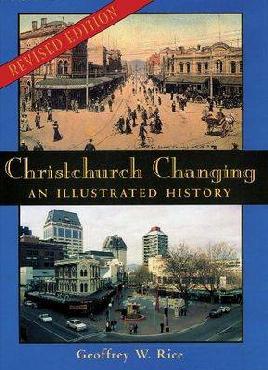 Captain Thomas was the surveyor who chose the town sites of Lyttelton, Sumner and Christchurch and laid out their street plans for the new Canterbury settlement.
Captain Thomas was the surveyor who chose the town sites of Lyttelton, Sumner and Christchurch and laid out their street plans for the new Canterbury settlement.
Career
Born in 1803 in Worcester, England, Joseph Thomas joined the army and served in India and the West Indies. In 1833 he left the army with the rank of lieutenant and travelled in North and South America, working as a surveyor and engineer.
Thomas came to New Zealand in 1840, where he had bought land in Wellington from the New Zealand Company. However the land was unavailable, and after some time he found work surveying, including surveys of land in Whanganui, Porirua, the East Coast and Ahuriri, and Otago.
He returned to England around 1847 and was appointed surveyor for the new settlement by the Canterbury Association in May 1848. His orders were to select and survey a site, prepare for the arrival of the first settlers, and to make a map of the land held for the Association from which settlers would be able to choose their own sites.
Surveying the Canterbury settlement
Thomas arrived back in New Zealand in November 1848 and began exploring his preferred site at the head of Port Cooper (Lyttelton). However the amount of land required by the Association was 4,000 hectares, and Thomas realised it would be too expensive to reclaim the land needed. He chose instead to make the site of the main town of Canterbury over the hills at what is now Christchurch.
Three town sites were chosen and laid out — Lyttelton, Christchurch and Sumner. His assistant Edward Jollie drew up a plan of Christchurch in 1850, showing Hagley Park and the Squares — Cathedral, Market (Victoria), Cranmer and Latimer.
Money troubles slow progress
Thomas and his team began work on barracks for the new settlers to stay in, storehouses, a jetty and a customs house all in Lyttelton, as well as a road over the Port Hills. However money had run out by the time the Association's agent, John Robert Godley, arrived in April 1850, and an alternative track over the hills along the Bridle Path to the Heathcote Valley was used instead. Godley stopped all building work because of the problems with money before he moved temporarily to Wellington.
A lot of the work had still not been completed when the first four ships arrived in December 1850. Thomas received a lot of criticism for the state of the town site and other preparations, and when Godley returned to Canterbury he and Thomas argued constantly. Godley dismissed Thomas in January 1851.
Thomas left Canterbury for Wellington, and then in April 1852 returned to England briefly before going to Australia. His movements after that are not known.
Captain Thomas' Christchurch
The work of Captain Thomas (as he was known) laid out the shape of Christchurch, particularly the central city, as it is known today. He struck a deal with the Deans brothers over their land, which had been leased, not bought, and managed to get half of Riccarton Bush for timber and firewood for the new settlers. However he did agree to the preservation of the rest of the bush.
He laid out the city as a simple grid, with diagonal lines formed by High Street and Victoria Street, linking the town to Ferry Road in one direction, and Riccarton Bush in the other. The 'capital city' of 1,000 acres was divided into quarter-acre sections, which were given to the new settlers according to lots drawn in a ballot. One of the best features of the plan was the large space allowed for Hagley Park.
Sources
- Rice, Geoffrey W. Christchurch changing: an illustrated history. Christchurch, 2000
- Dictionary of New Zealand biography, vol. 1, 1769-1869. Wellington, 1990
Other resources
- Books and maps by Joseph Thomas from the collection of Christchurch City Libraries
